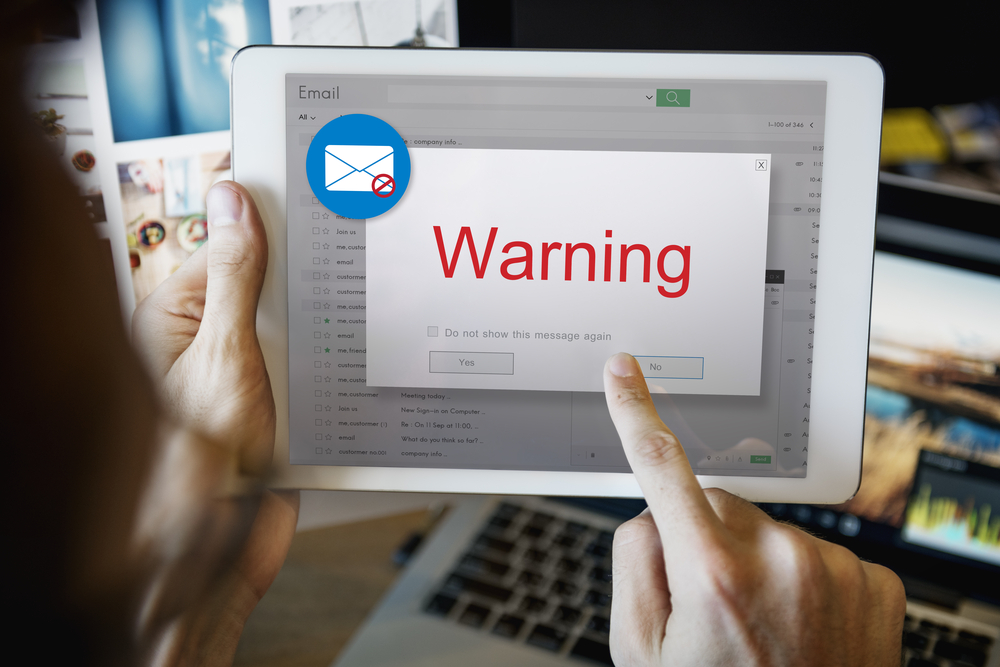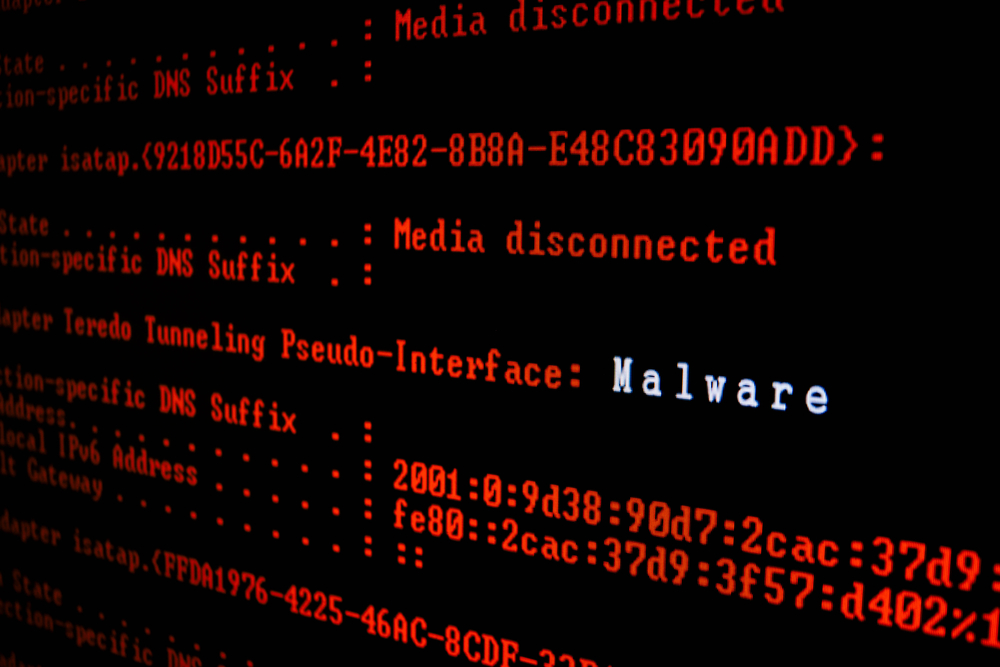Essential Insights into Computer Viruses You Must Know
Learn vital facts about computer viruses, their types, modes of infection, and protective measures. This guide helps users understand threat behaviors, recognize different virus varieties like worms, malware, and macro viruses, and emphasizes the importance of strong antivirus software to safeguard digital systems effectively.

Essential Insights into Computer Viruses You Must Know
Just as biological viruses can harm the human body, digital viruses are malicious programs that threaten computer systems by damaging data and slowing performance. Both large organizations and individuals are vulnerable to virus attacks. These malicious entities aim to steal resources, display harmful messages, copy files, access sensitive data, infect servers, and disrupt operations. Understanding how viruses function is crucial. Here are key facts to help you recognize, prevent, and combat computer viruses effectively.
What is a computer virus?
A computer virus is a harmful software created by programmers to infiltrate devices without user permission. It can attach to files or boot sectors, replicating itself throughout networks, causing system malfunctions or interface issues. The first known virus, Creeper, appeared on ARPANET in the 1970s, with self-replicating programs emerging soon after. Today, threats like worms, Trojan horses, and viruses remain prevalent, each exhibiting distinct behaviors that users need to understand.
Difference between worms and viruses
Unlike viruses, worms do not need a host program to spread. They are standalone applications capable of replicating and moving across networks. For example, the ILOVEYOU worm caused widespread damage globally. Recognizing this distinction helps in implementing effective security measures.
How do systems get infected?
Infections typically occur through three main pathways: opening infected email attachments, booting from compromised systems, or running malicious programs. Malware often resides in games, applications, or files that can corrupt device memory and jeopardize system integrity.
Multipartite viruses
This complex virus type infects both executable files and boot sectors simultaneously, creating multiple points of damage. Such viruses can spread and re-infect systems over time, making them highly dangerous.
Polymorphic viruses
These viruses are highly adaptable, altering their code with each infection to evade detection. They can infect before multiplying, making them particularly difficult to identify and eliminate.
Boot sector viruses
Targeting the boot sectors on drives or external media, these viruses modify essential startup information. They activate even before the operating system loads, rendering traditional security measures less effective.
Browser hijackers
This malicious software redirects users to unfamiliar websites, changes browser settings like homepages and search engines, and resists removal efforts, disrupting browsing activities.
Macro viruses
Primarily affecting applications like MS Word and Excel, macro viruses automate harmful tasks silently. They activate when documents are opened, executing commands without user knowledge, often causing data loss or corruption.
Importance of antivirus software
To protect data and maintain system health, installing reliable antivirus software is essential. Such programs detect threats, update regularly to recognize new malware, and help prevent infections before they cause significant harm.










